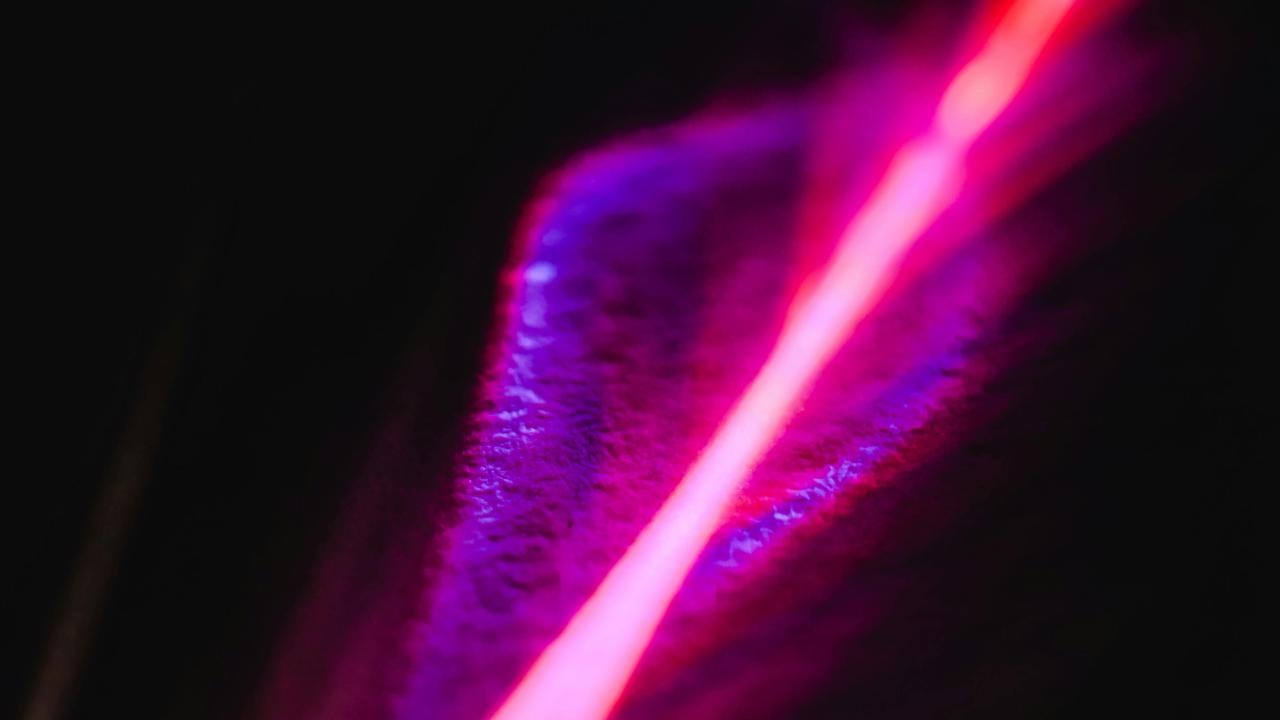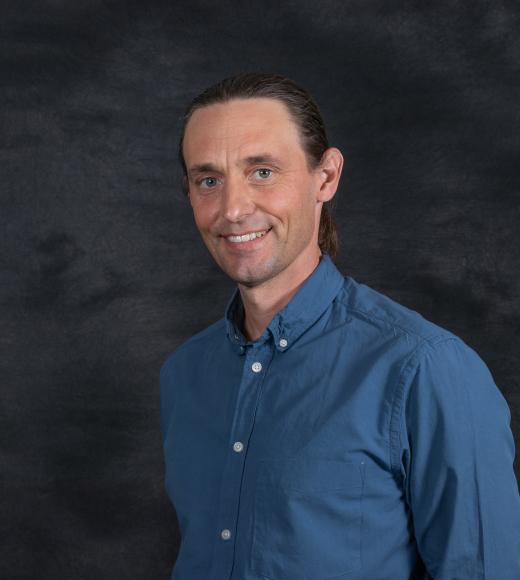
Cutting-Edge Neutron Measurement Tool Illuminates Molecular Excited States
Researchers at the University of California, Davis, have collaborated on a new device at Oak Ridge National Laboratory, or ORNL, that allows scientists to measure molecules while in optically excited states within a neutron beam. This cutting-edge tool will be able to facilitate the characterization of optical and magnetic states of molecules that were previously unmeasurable.
Meeting the (Many) Requirements

A few years ago, Adam Moulé, professor and vice chair of chemical engineering at UC Davis, was taking measurements at ORNL. He speculated whether it would be possible to design an instrument in which a researcher could measure a molecule's excited state spectrum; up to that point, it had not been achieved. He and ORNL staff scientist Luke Daemen believed it to be possible.
The requirements for the device, Moulé said, were complicated, to say the least. The sample needed to be held inside a neutron beam, which is radioactive. Additionally, a large proportion of the sample needed to be exposed and continuously excited by light, all at a very cold temperature.
"You have this 4-foot-long sample stick. You push that down into a hole, and it holds the sample where the neutrons are. The device also needed to shine the laser light down to the bottom of the cryostat [a chamber that maintains low cryogenic temperatures] and then on the sample. We worked all that out, but there was still not enough light per volume to do the experiment."

The light wasn't penetrating the sample well enough to collect a measurement. So, Daniel Vong, a Ph.D. student in materials science and engineering at UC Davis who was stationed at ORNL for a year under the Department of Energy Office of Science Graduate Student Research Program, built a tumbler.
The tumbler rotates a powdered sample inside the laser, exposing the whole surface area of the sample to the laser light. This exposure is able to create a sustained high density of excited states, which the neutron beam can then measure.
That sustained excited state (think: millisecond rather than a nano- or picosecond) and continuous exposure to the neutron beam means that Moulé and his colleagues can study what happens to molecules after they've been excited, but before they return to ground state — the in-between state.
Singlet Fission, Photovoltaics and Moody Molecules
Moulé and his research group are applying these measurements to materials with the ability to undergo singlet fission for use in photovoltaic solar cells.
Singlet fission is a phenomenon in which one photon goes into an excited state, which splits into two lower-energy states called triplet states. Each triplet state has an unpaired electron, but they don't match because their spins are not aligned. Effectively, one photon can create two excitons, or excited electron-hole pairs.
Typically, in photovoltaic solar cells, which are usually made of silicon, each photon creates one exciton. If photovoltaics were able to use a material that could undergo singlet fission, with one photon generating two excitons, they could become more efficient.
For their first experiment, Moulé, Daemen and Vong tested tetracene, a compound with semiconductor properties that is used in organic electronics, like the light-emitting diodes found in smartphone screens or the sensors used in wearable technology and environmental monitoring or photovoltaic solar cells.

Previous measurements of tetracene have shown that while undergoing singlet fission, it appeared that the singlet energy was less than twice the triplet energy. Typically, the singlet energy is more than twice as much as the triplet energy.
The researchers investigated tetracene with ORNL's new tumbler and were able to look at the structure of all the molecules around the excited molecule and how they interacted. They saw that the molecules very subtly changed their structure and their charge distribution, making a cage around the excited molecule so it could move better. The molecule was relaxing in such a way that the energy differences were not as large as previously thought.
"This was a detail that nobody had ever been able to measure before," said Moulé. "Researchers knew something was happening, and they knew that the energy levels weren't working out, but they didn't understand how to get from point A to point B because what was in between was invisible. This measurement with the neutrons made that visible. It's exciting because we solved a neat problem in photovoltaics, and we invented a neat technique."
Creating a Research Resource
Moulé, Daemen and Vong are developing the steps to use the tool so the scientific community can have this resource at their disposal for more research.
Moulé expressed his appreciation for the Department of Energy Basic Energy Sciences, which funded the long-term project. Building new tools and resources for research isn't "sexy" science, he said, but it is crucial for research to continue to push boundaries and make new discoveries.
"I really have a lot of gratitude for Basic Energy Sciences for funding things on a long-term scale and having a positive attitude towards the development of community resources. Having a Department of Energy lab like Oak Ridge National Lab that has a machine shop and the special instruments and the staff support to enable this kind of science is life support."
